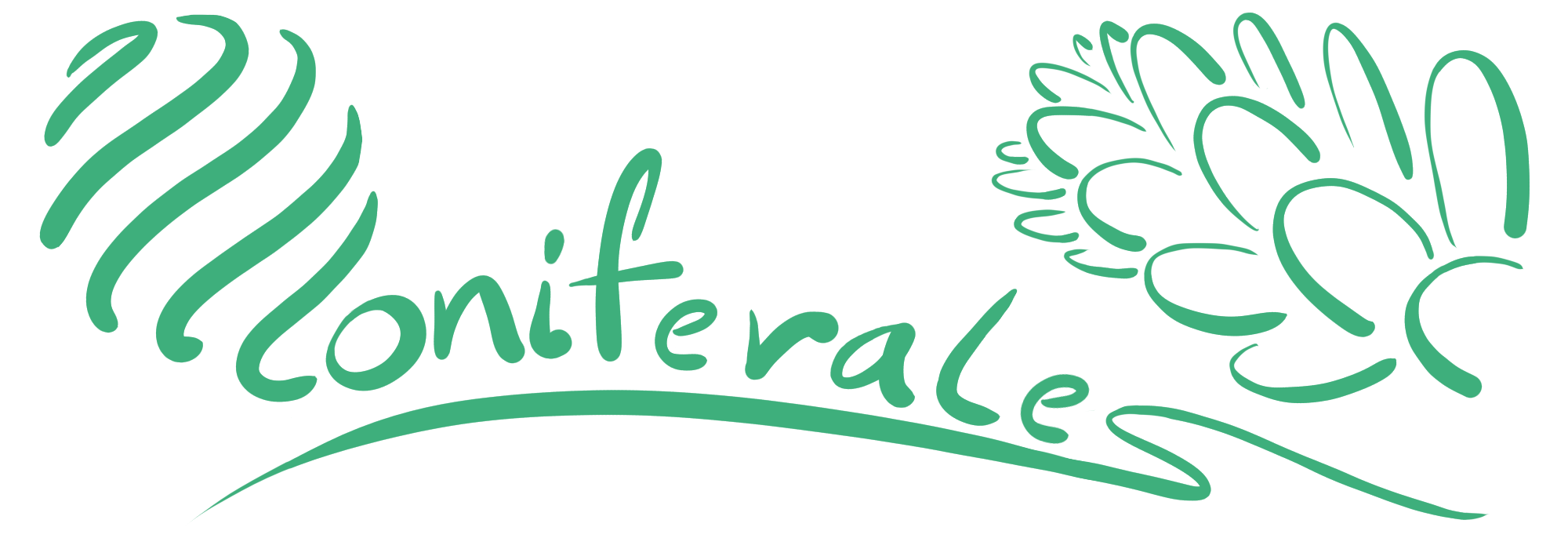Podocarpaceae Dacrydium gibbsiae Stapf
Etymology
Dacrydium refers to ‘tear drop’; indicating this tree is resinous.
gibbsiae refers to L. S. Gibbs, who studied the flora of Mount Kinabalu.
Distribution
This map shows botanical records (points) for this taxon. By opening the map’s sidebar (collapsed by default) you can toggle visibility or change the basemap. By clicking on records, you reveal more information.
Habitat
The natural habitats for Dacrydium gibbsiae are subtropical/tropical moist montane forests, rocky areas. It is naturally found at an elevation of at least 1500 up to 3600 metres. Other conifers associated with Dacrydium gibbsiae are:
- Dacrycarpus imbricatus
- Phyllocladus hypophyllus
- Podocarpus gibbsiae
- Dacrycarpus kinabaluensis
- Podocarpus brevifolius
USDA Hardiness zone – 10
Dacrydium gibbsiae is hardy to USDA Zone 10 (Bannister & Neuner, 2001), meaning its frost tolerance lies somewhere in the range of -1.1C (30F) to 4.4C (40F).
Species Continuity
The population trend for Dacrydium gibbsiae is stable. There are ongoing threats for Dacrydium gibbsiae and they are listed as follows:
IUCN Category – LC
According to the IUCN Red List, Dacrydium gibbsiae has been assigned the status of LC(Least Concern). This means that according to the Red List criteria, this species is not qualified as threatened.
Superordinate Taxa
The nearest superordinate taxon for Dacrydium gibbsiae is Dacrydium. The coordinate taxa for Dacrydium gibbsiae are therefore:
- Dacrydium araucarioides
- Dacrydium balansae
- Dacrydium beccarii
- Dacrydium comosum
- Dacrydium cornwallianum
- Dacrydium cupressinum
- Dacrydium elatum
- Dacrydium ericoides
- Dacrydium gracile
- Dacrydium guillauminii
- Dacrydium leptophyllum
- Dacrydium lycopodioides
- Dacrydium magnum
- Dacrydium medium
- Dacrydium nausoriense
- Dacrydium nidulum
- Dacrydium novoguineense
- Dacrydium pectinatum
- Dacrydium spathoides
- Dacrydium x suprinii
- Dacrydium xanthandrum
Dacrydium gibbsiae is also placed under Podocarpaceae.
This map shows botanical records (points) for this taxon. By opening the map’s sidebar (collapsed by default) you can toggle visibility or change the basemap. By clicking on records, you reveal more information.



Reviews
There are no reviews yet.